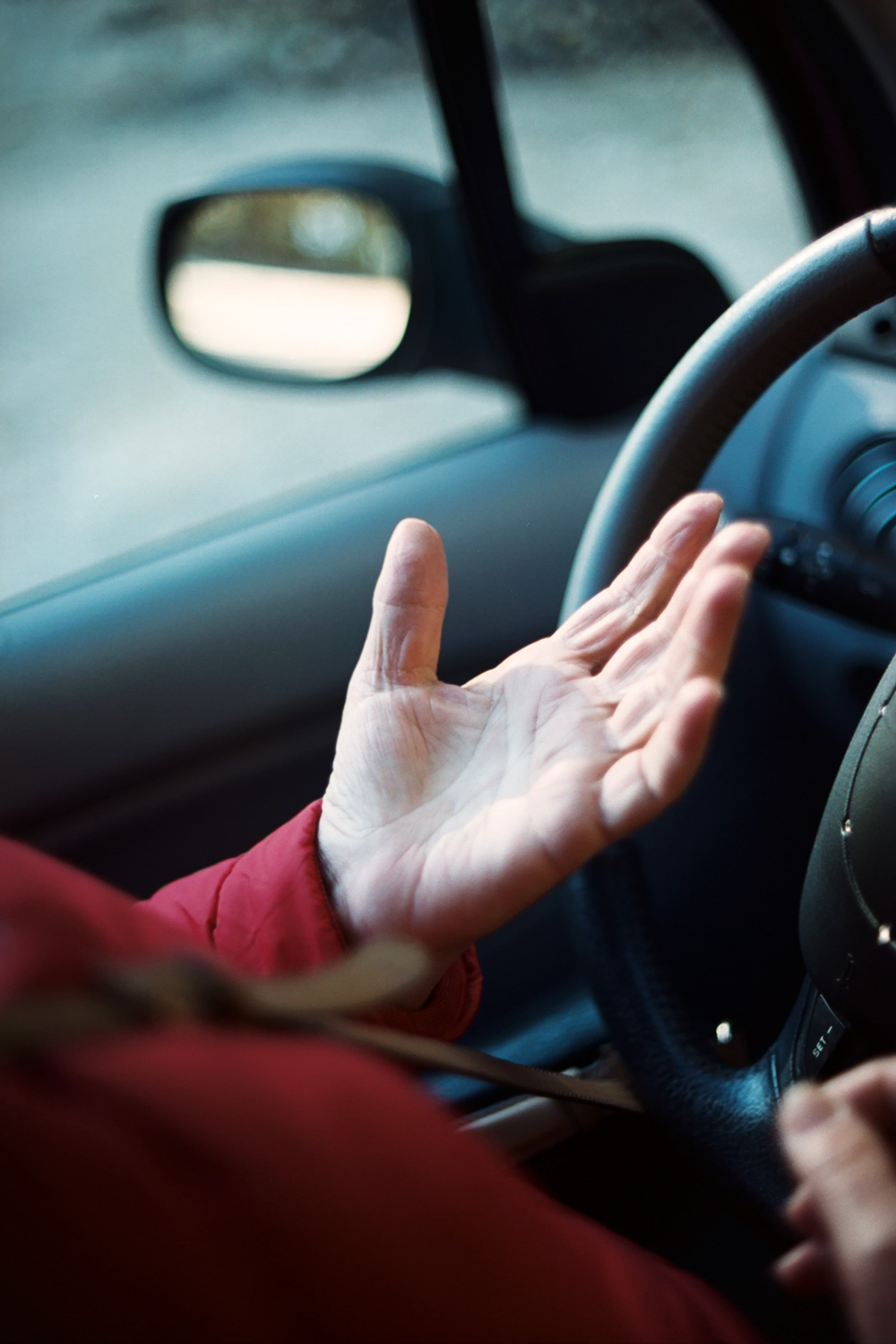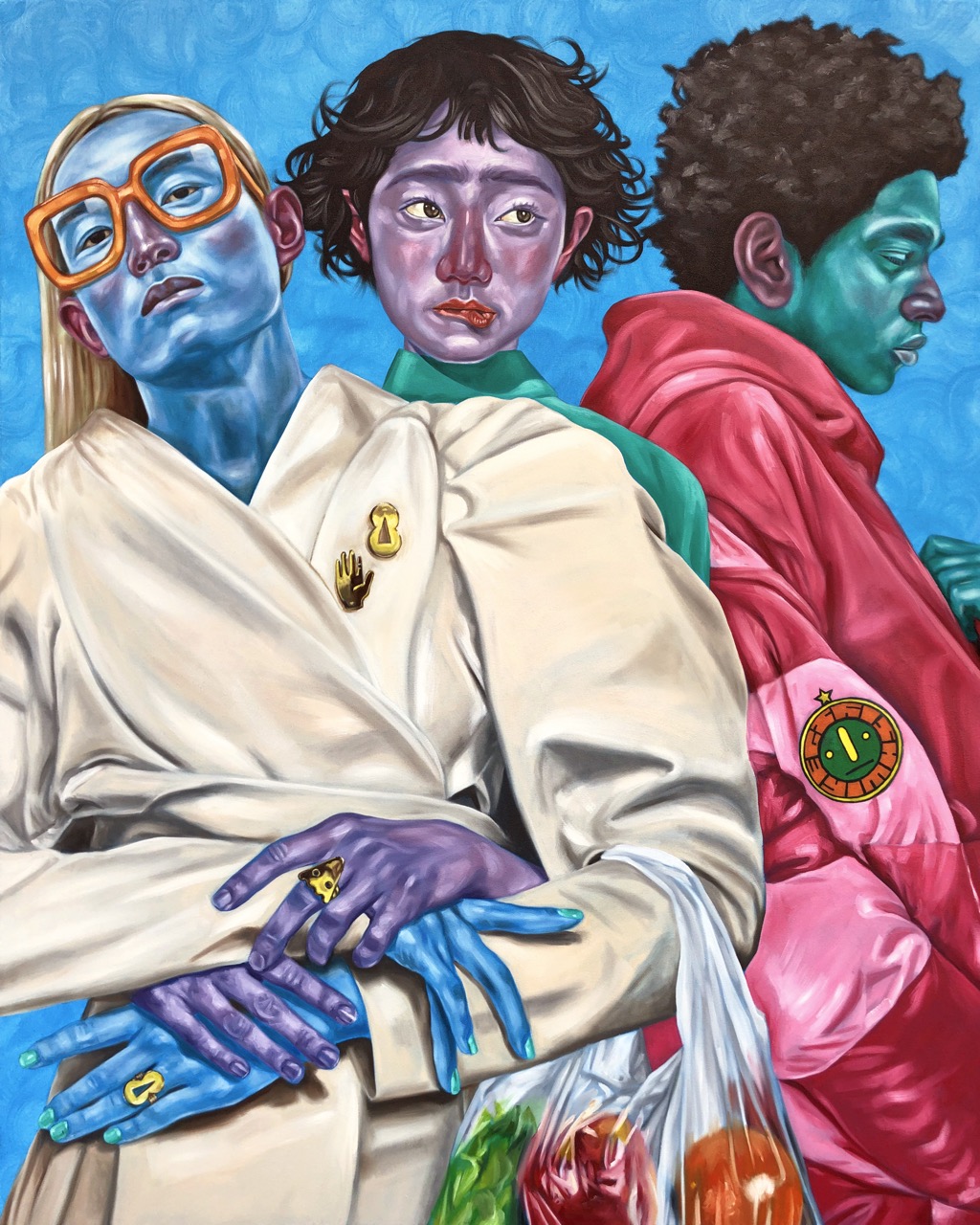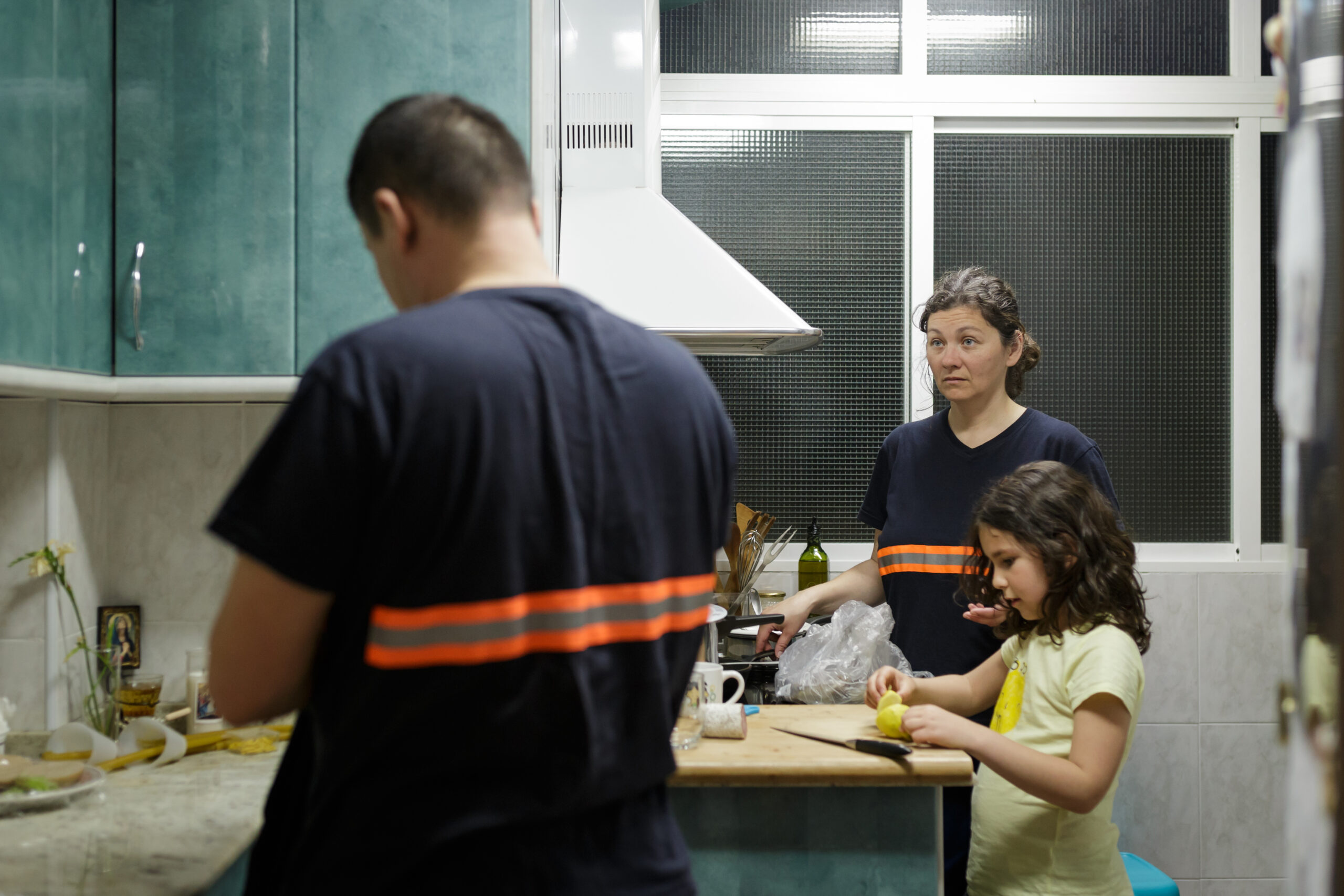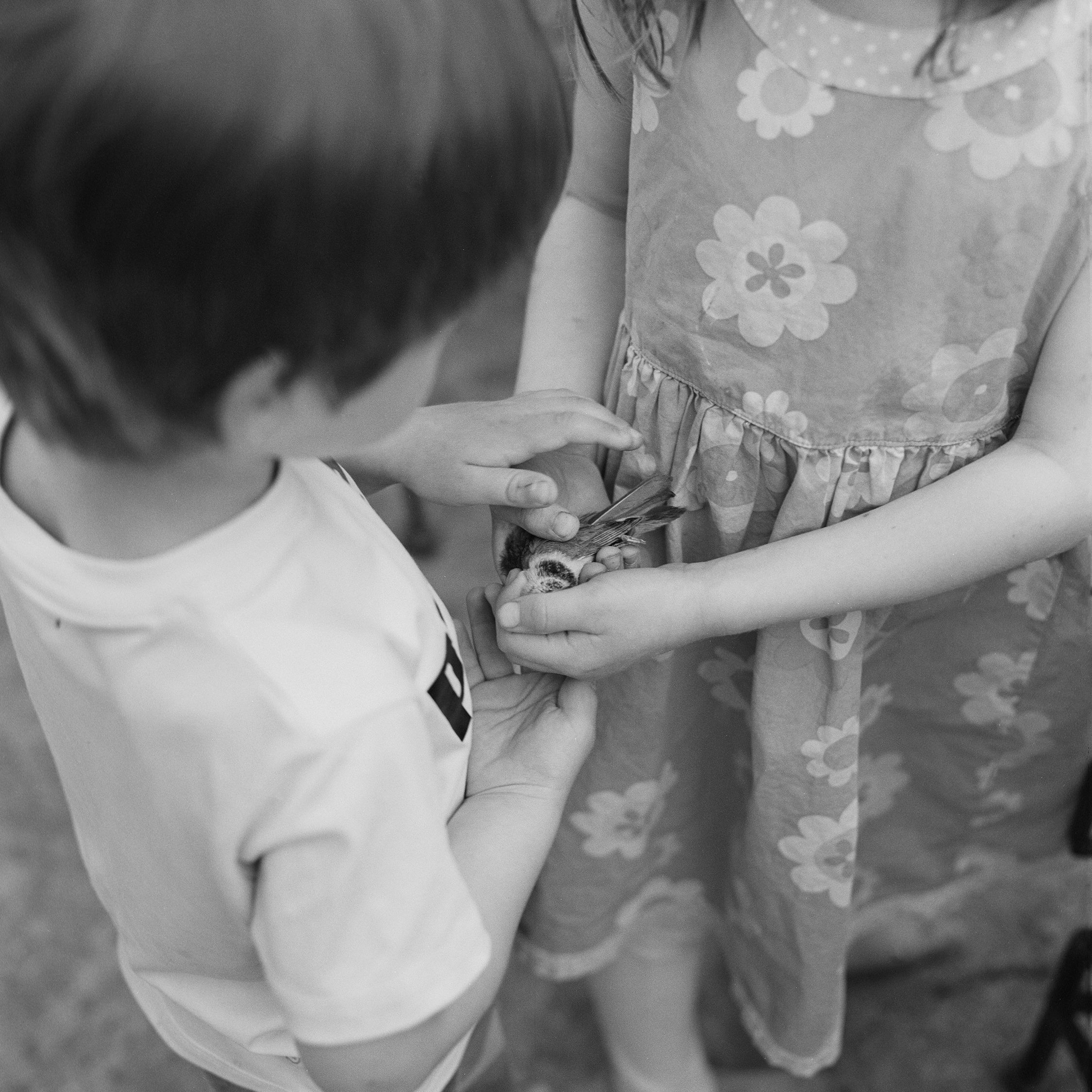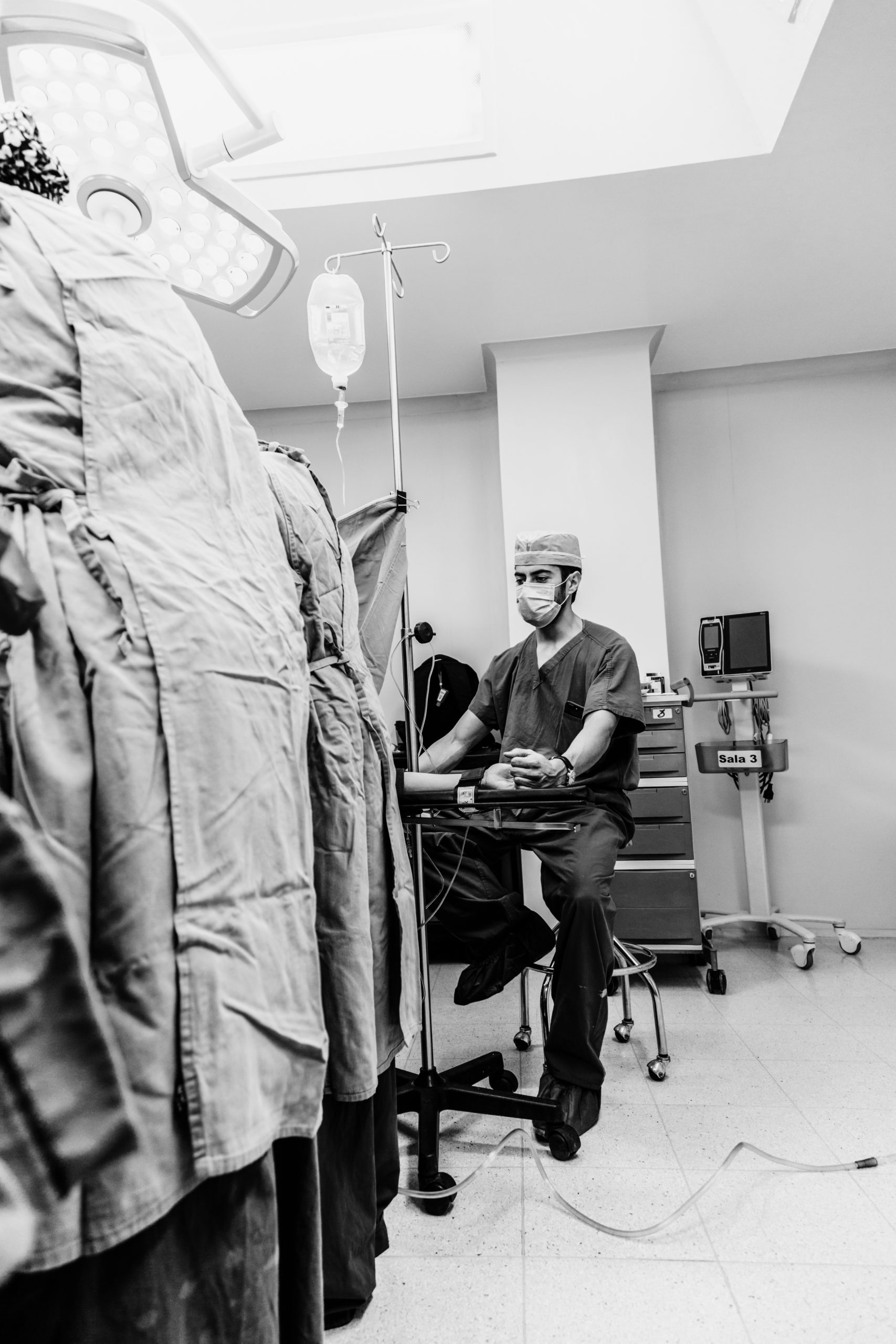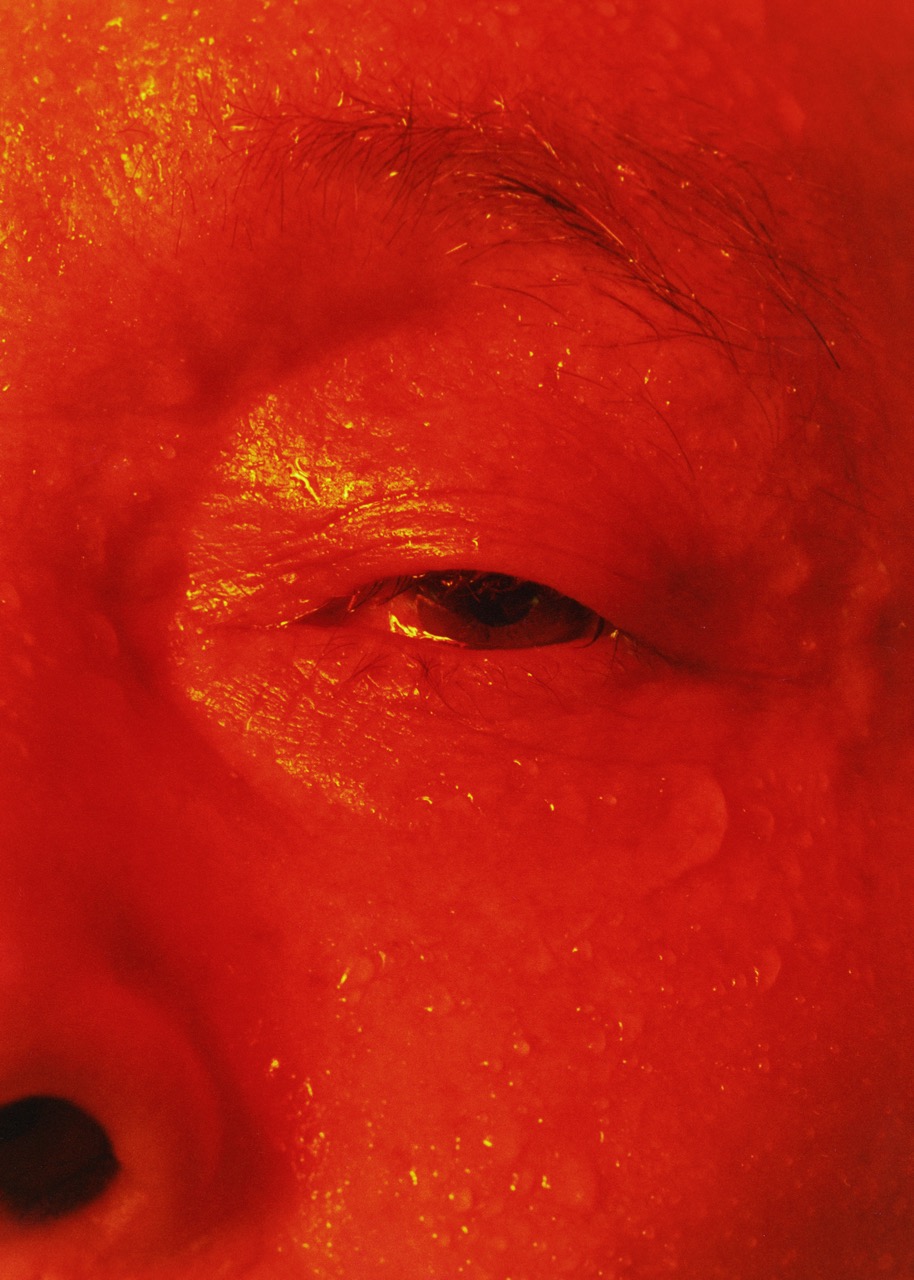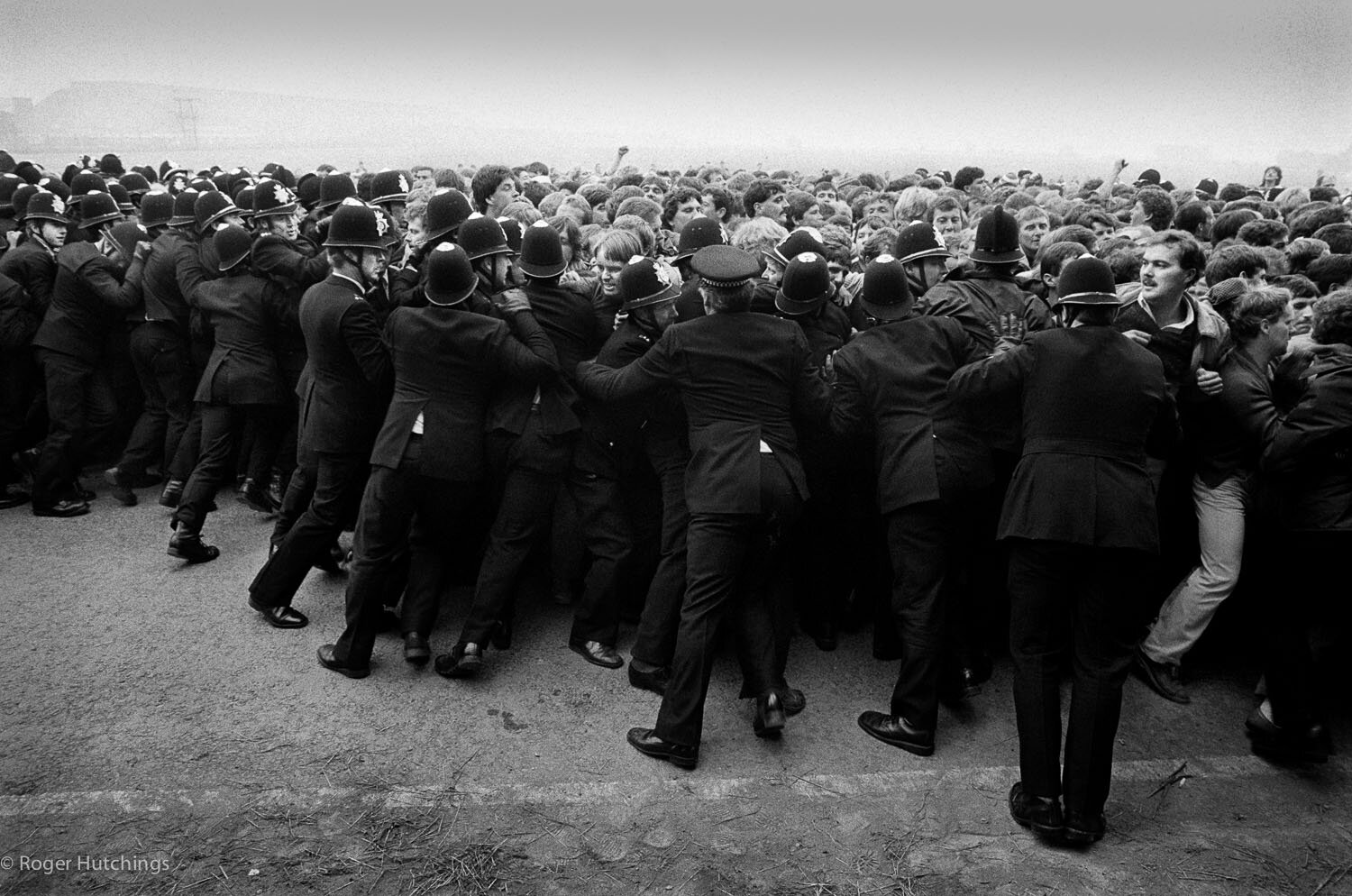A self-taught photographer based in Porto, Matilde Viegas’ work deals with themes of intimacy and connection, as well as personal history and identity. Viegas’ themes stem from personal experience documenting issues surrounding family, migration, relationships and queerness. With a professional background in scientific research, her approach is as ethnographic as it is creative and compassionate, thriving in projects where she is required to engage with those that she chooses to photograph.
As part of our online content we believe that discussing the efforts, approach and process behind the project are just as important as the story itself. In our category The Process we ask a series of questions that discuss and explore the approach taken in different aspects of creating, looking at new and old projects, we explore the stories, thoughts, meanings and process behind it all from how a project starts, exploring inspirations and reasoning behind work, to the experiences and mindset of developing a project.
JT: How do you start a project?
MV: I am an avid learner, and a lot of different topics spark my interest. These characteristics are useful when working on assignment: there’s a deadline, and it’s fast-paced, funnel-like work—little time for research, a relatively straightforward goal, fast delivery. However, a personal project requires a continuous, sustained interest.
Ten years into photographing, I look back and see a pattern: personal projects begin organically with a pervading theme showing up in my photographs, and it becomes clear to me that it isn’t an occasional fling. Once I recognize this, and it makes sense to me, I look for a more profound sense of engagement – most of the times, stemming from an emotional connection to the subject.
On a second stage, I map out what this project means to me – and, so far, it’s been about family, relationships, intimacy. I establish my own set of descriptors: feelings, interests, and identifying my primary motivation, are crucial to understanding how the project needs to evolve. Mindmaps are quite useful at this stage and a notebook if you are the writing type (like me). While researching, note-taking can be daunting to organize, so I rely on apps and tools, I like MindNode for the mind mapping, and Asana or any other project management app to keep track of all the different stages involved in a project.
Once I have a more precise starting point, I try to branch out, looking for research and approaches outside of my own experience. Seeing how others explore a theme related to mine allows me to look at my own work from a different perspective.
The execution part of the process happens in bursts. I start by making contacts, arranging travels if necessary, define where I will photograph, which settings, which format and equipment, etc. I establish short periods of time to photograph, in which I can focus on producing the images: this allows me to remove distractions and interruptions, and get into a flow.
Afterwards, I go into a period of review and retrospective. Analyzing the photographs, processing and scanning, enlarging, writing, all of this period of non-production allows me to recenter and reroute.
A systematic approach to a personal, emotionally-driven project creates the necessary scaffold for unpredictability to happen in a useful way. Failure is a massive part of it, so better take advantage of it while limiting its risks.
On a side-note: I was able to streamline the process after many years of not being able to do it, and my main goal here to save you all the drama and inner turmoil.
Over time, I read a lot about other photographer’s processes and there a few useful resources I would like to share: if you have the chance, watch Alec Soth’s course on Magnum. Read Sasha Wolf’s “PhotoWork: Forty Photographers on Process and Practice”, and “Research in Photography: Behind the Image” by Anna Fox and Natasha Caruana (it’s relatively entry-level, but it really lays out all the basics). The podcasts “The Messy Truth” by Gem Fletcher, and “The Magic Hour” by Jordan Weitzman are also great ways to get to know more about so many photographers’ ways of working.

MV: My main reason is sharing the lives and perspectives of those who are usually left at the margins, approaching a story through and with empathy and compassion.
JT: What in your personal life has influenced you to choose your career?
MV: When I was 16, my mum pushed me into Sciences (something I always enjoyed but didn’t think I wanted to do). By the time I entered college, I had enrolled in Biochemistry as it seemed both vague and exciting, and scientific so it checked all the boxes. Twelve years later, I am formally trained in Science, with a Masters in Biochemistry and currently in my final year of a PhD in Theoretical Chemistry & Molecular Modelling. Every year, I questioned whether or not to quit and change my career altogether, but it never happened. Still, despite my education, I always made room for the creative things I enjoyed doing. Feeling like an outsider in my college degree, I made many friends in Art School through blogs and myspace, and so on. I would hang out with them, one day I was introduced to analogue photography, and it just clicked.
I often feel this immense energy bursting inside me, and I need to release it – I believe a big chunk of it was channelled through my camera. Over the years, it began taking form as something bigger. I enjoy looking back at my archive, the pictures I took between my 18 and 25 years. They are indeed a record of what I was living, and I never really thought about how others perceived it. I would post them on Flickr and Tumblrand create these infinite scroll pages of my life online. I deleted these accounts last year, but I still visit these folders in my hard drive – I see so many friendships and love relationships that didn’t last, people I am no longer in contact with. People needed a place to crash and stayed at my home; people I met in festivals, trips, and cafes. I might be romanticising it, but it feels precious to me. I owe so much to all of these images, and these people. I genuinely believe it’s because of these experiences that I can do what I do now. It allowed me to develop the defining qualities of my work – empathy and compassion; the ability to understand others, appreciate them, and empathise with them without expecting much in return. At 27, as I initiated my PhD, I began taking a few odd commissions, and it just started from there: this double life I lead up until today. So, I can’t say I chose a career; I have two. It’s nerve-wracking, it’s draining, there’s a lot of juggling and overall exhaustion, but I still can’t imagine myself doing only one thing. I tried once and felt miserable. One is always informing the other, and vice-versa.

JT: Were you ever discouraged? If so, how did it affect your creativity?
MV: Absolutely, too many times to count. For a long time, I worked “alone”. I didn’t go to art school, did only a handful of photography workshops and never really found a mentor or peers to share my work with. Used at being with myself, and doing things by myself, I often find that the only boundary is lethargy and laziness, often derived from not being well. Now that I am older, I try to be more mindful of my time, energy, and eagerness to create. To soothe it when needed, to nurture it and avoid letting myself slide into the lack-of-will state I used to find me in. I am also learning to keep comparisons to a minimum, it can really affect me: feeling like I am not doing enough or that I am behind. It’s so easy to slip into that mental state… We are always told that there isn’t enough space or enough opportunities for everyone, making us rush into things for lack of better. I force myself to think otherwise, making a point to do things thoughtfully.
Something that really helps me to get out of this rut is to collaborate with other artists, designers, writers. I always feel a boost of excitement. Having someone looking at your work is always a wonderful experience; I strongly recommend it.

JT: When do you feel most inspired?
MV: Photography is a beautiful, almost perfect outlet for those, who like me, want to go to places usually off-limits: people’s homes and bedrooms, cities, countries. Those are the moments I feel most inspired in, especially when travelling with someone else. When I am on my own, I tend to be hypervigilant and not experience things as freely – always watching after my bag, my camera. When I have a sidekick – be it my partner, a friend, or even a group of friends – I just slide into the back seat and watch, camera in hand, photographing things around me. This might sound boring, but the things I am most inspired by are the most mundane. Someone undressing, preparing breakfast, brushing their teeth, setting the table, sleeping, kissing. Our lives’ commonness, the unthought-of side of it; I like watching these delicate, mindless moments. Those are often my most cherished pictures.

JT: How much of your own life is reflected in your work?
MV: I am an only child, a child of a divorce, absent father, migrant mother. Many aspects of my life influenced me, but I believe they narrow down to those mentioned earlier. All of these events made me look for the things I didn’t experience until early adulthood. As I began carrying around the camera with me, I photographed friends, their relationships, my relationship to them, and so on. Snippets of connection and intimacy.
As I grew older, I began to look outside of my personal life, I became more attuned to the world outside of me. I believe therapy has a huge influence in this, allowing me to confront my fears.
Once I found my current partner, I noticed how much my work has changed. We talk a lot, discuss ideas and feed each other’s interests daily. We both have so many different interests, and it’s changed my practice a lot, for better.
JT: If you had to start over, would you choose a different path in your career?
MV: When I was 14, I wanted to be a journalist, and it’s funny I found a way of reporting only now I am using a camera instead of a pen. When you ask me if I would have chosen a different path, I say: not really.
There are still so many things I want to do, so many things I want to work on. I feel a profound sense of purpose at 30, and I am taking as much advantage as possible from it. I know I am a late bloomer, and that’s okay. The S turns I took in my life have built up a resilience that I didn’t have one I was 18, so I feel more apt now to carry on. I try to be positive about the future, and avoid regretting things I can’t change.
JT: What is your favourite accomplishment?
MV: Finally reaching some sort of balance between my two careers, having a loving relationship, and a stronger sense of self. I am also very proud to have been able to photograph in Kazakhstan with Viktoria Morasch, and photograph strangers in their bedrooms in NY.
